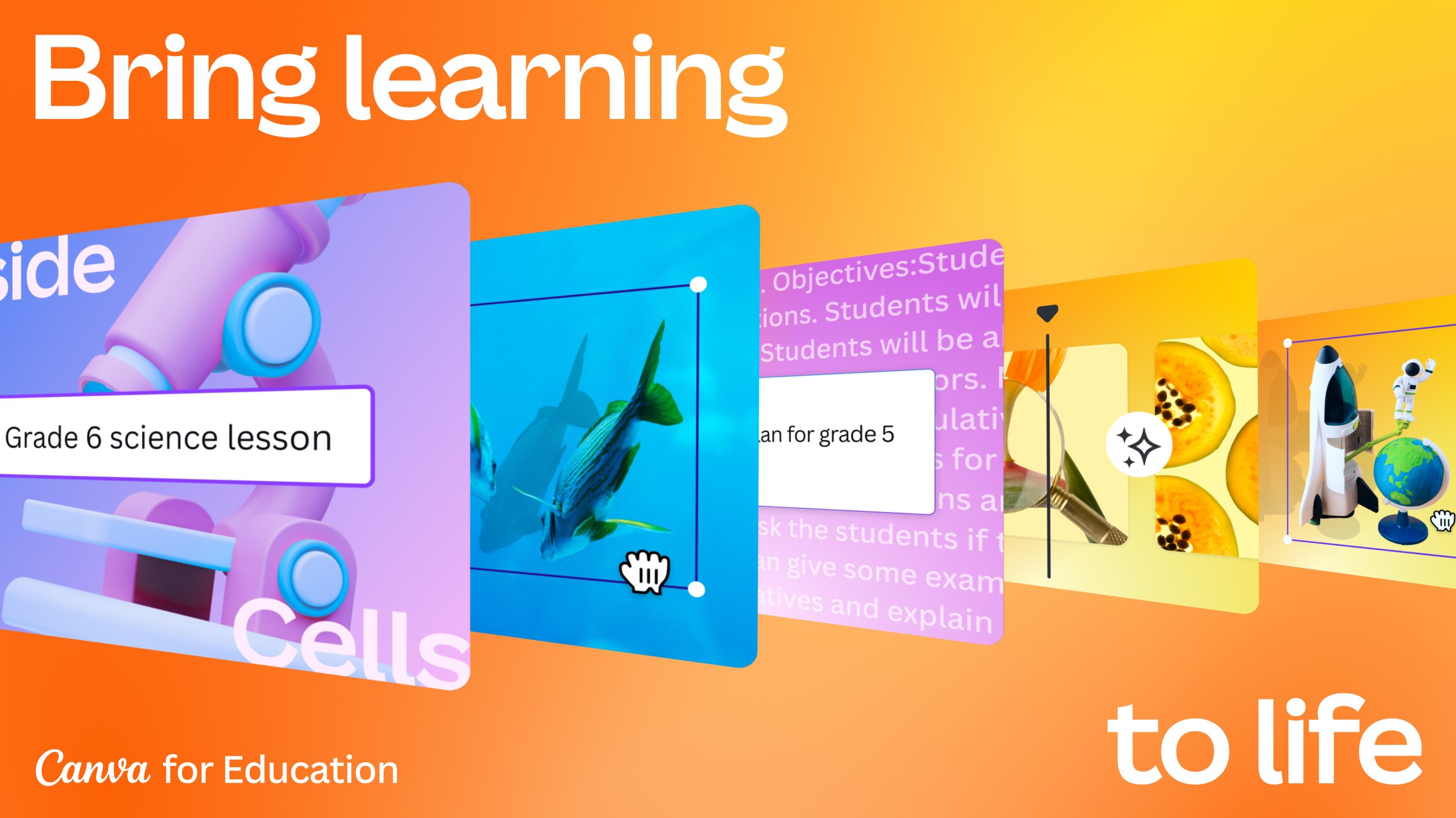Canva for Education: Enhancing Learning Materials and Presentations
In the fast-paced digital age, education is undergoing a transformation, with technology playing a pivotal role in reshaping the learning experience. One such tool that has gained immense popularity in educational settings is Canva, a versatile design software that goes beyond its traditional use in graphic design. In this blog post, we’ll explore the myriad ways Canva can be leveraged in the field of education to create engaging learning materials and captivating presentations.
Introduction
Canva, originally known for its user-friendly interface and diverse design templates, has become a go-to platform for educators seeking to enhance their teaching materials. With its intuitive drag-and-drop features and a vast library of design elements, Canva empowers teachers to unleash their creativity and craft visually appealing content that resonates with students.
The Power of Visual Learning
Research consistently highlights the effectiveness of visual aids in the learning process. Canva capitalizes on this by providing an extensive array of graphics, illustrations, and icons that educators can seamlessly integrate into their presentations and study materials. From timelines and infographics to interactive maps, Canva enables educators to transform complex concepts into visually digestible content.
Interactive Lesson Plans
Canva’s versatility extends beyond static images; it offers tools to create interactive lesson plans that keep students engaged. With features like clickable buttons, animated elements, and embedded multimedia, educators can turn traditional lesson plans into dynamic, immersive experiences. This interactivity not only fosters a deeper understanding of the subject matter but also caters to diverse learning styles.
Collaborative Learning Environments
Education is increasingly moving towards collaborative learning, and Canva facilitates this by providing a platform where teachers and students can collaborate in real-time. Whether it’s group projects, brainstorming sessions, or co-authoring presentations, Canva’s collaborative features streamline the process, making it easy for multiple users to contribute seamlessly.
Accessibility and Inclusivity
Canva’s commitment to accessibility makes it an inclusive tool for educators. The platform offers a range of templates and design elements that cater to diverse learning needs. Teachers can create materials that are visually appealing and, more importantly, accessible to students with varying abilities. This inclusivity ensures that educational content is not only engaging but also equitable.
Branding in Education
Institutions often have specific branding guidelines that educators need to adhere to. Canva’s design platform allows for customization while maintaining brand consistency. From creating standardized presentations for the school to designing newsletters and event posters, Canva ensures that educational materials align with the institution’s branding, fostering a cohesive visual identity.
Real-world Applications for Students
Beyond aiding educators, Canva equips students with valuable skills applicable in the real world. The platform provides an opportunity for students to develop their design and presentation abilities, essential in various professions. By integrating Canva into the curriculum, educators prepare students for a digital landscape where visual communication is paramount.
Gamification in Education
Canva’s features can be harnessed to introduce gamification elements into the learning environment. From creating interactive quizzes and digital badges to designing game boards for review sessions, educators can leverage Canva to inject an element of fun into their lessons. Gamification not only enhances student engagement but also promotes a positive learning experience.
Overcoming Common Educational Challenges
Educators often face challenges such as time constraints and limited resources. Canva addresses these issues by offering a time-efficient solution for creating visually appealing materials. Its user-friendly interface reduces the learning curve, allowing educators to swiftly navigate the platform and produce high-quality content without the need for extensive design skills or additional resources.
Conclusion
As education continues to evolve, embracing innovative tools becomes imperative for both educators and students. Canva, originally designed for graphic design enthusiasts, has seamlessly integrated itself into the education sector, proving to be a transformative asset. From enhancing the visual appeal of learning materials to fostering collaboration and interactivity, Canva is revolutionizing the way educators approach content creation. By incorporating Canva into educational practices, institutions can create a more engaging and dynamic learning environment, preparing students for a future where effective visual communication is key.



